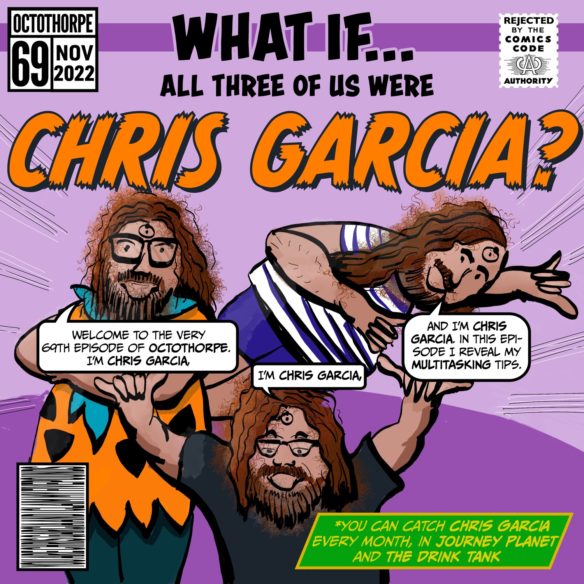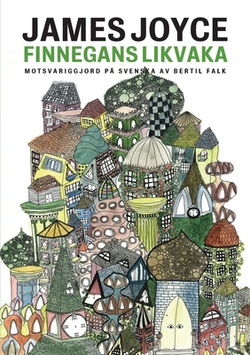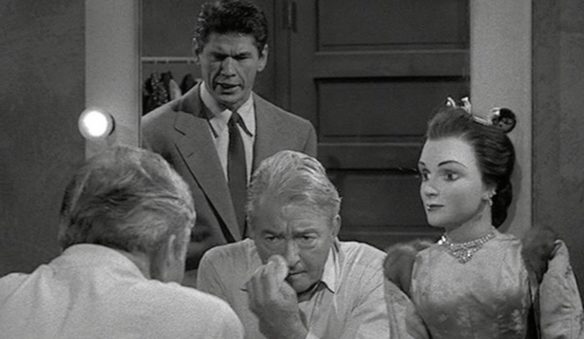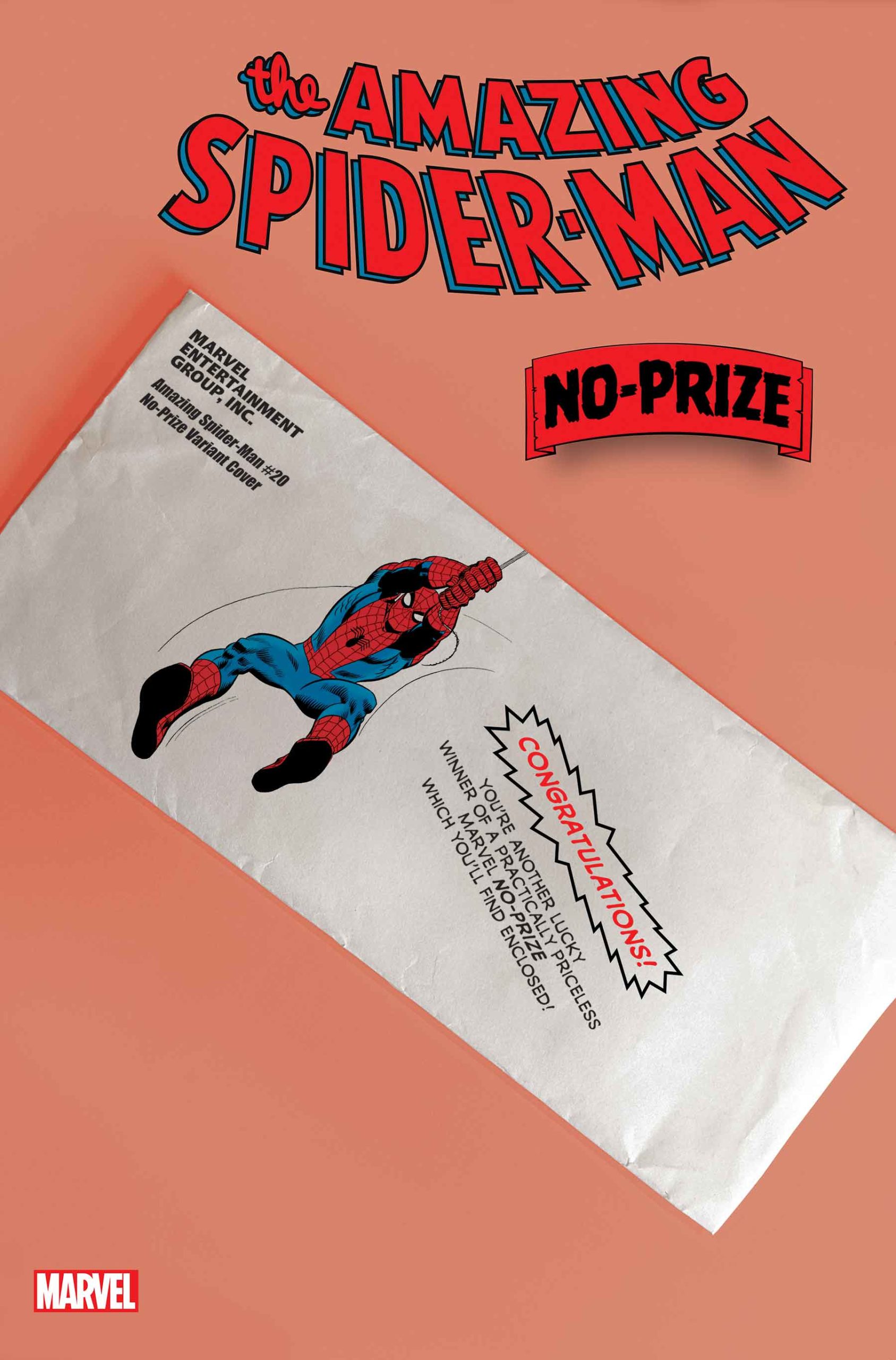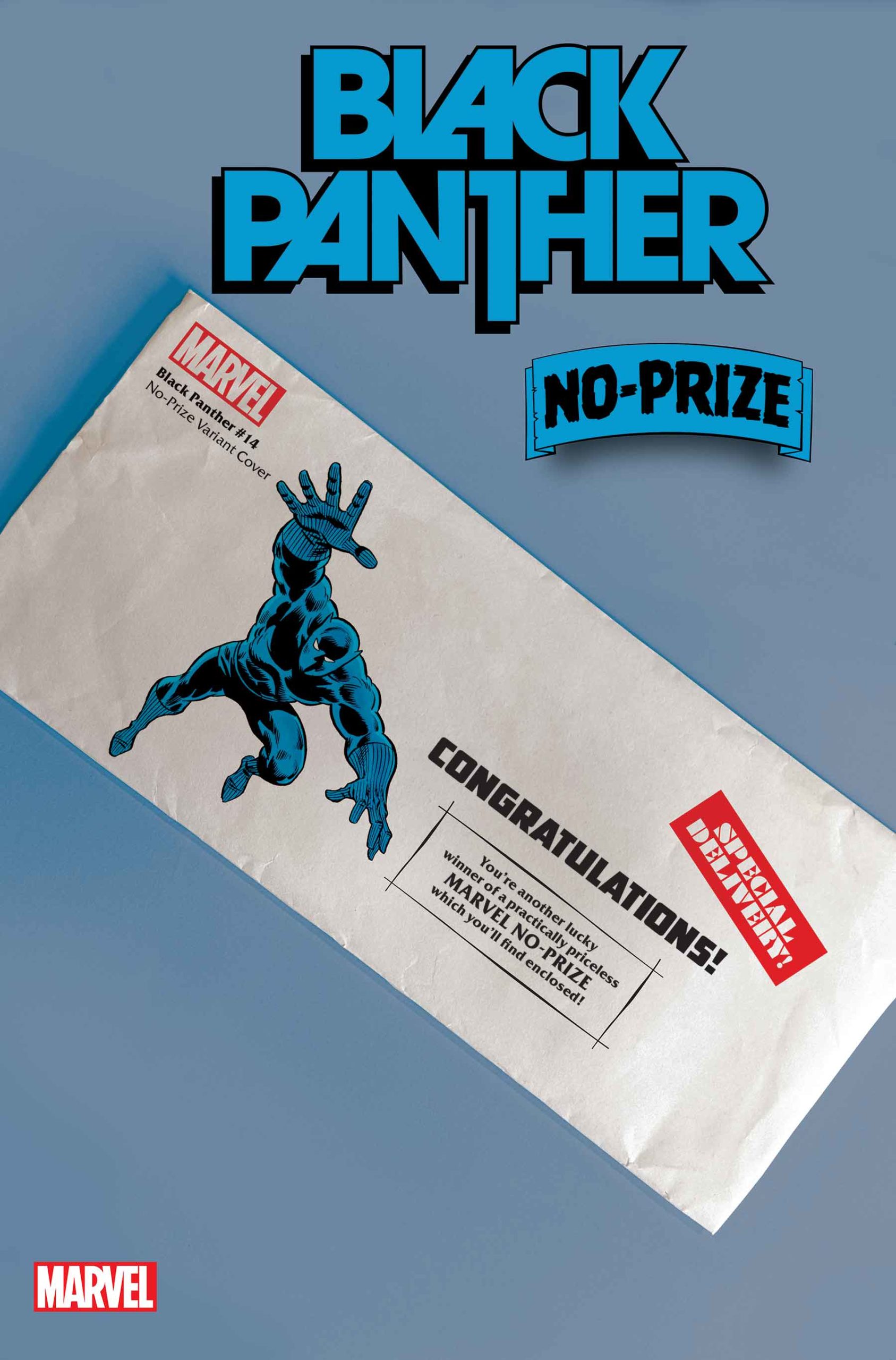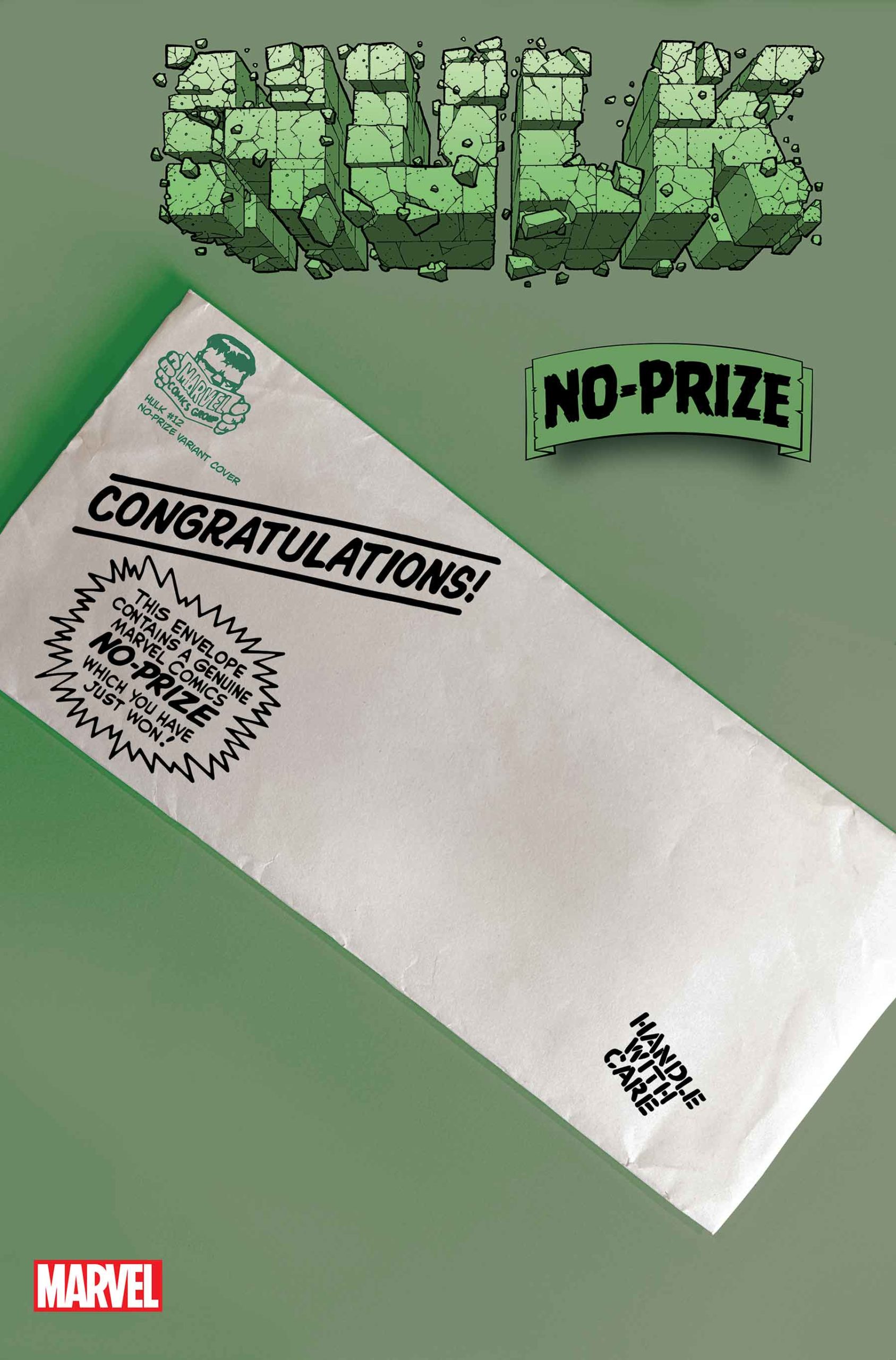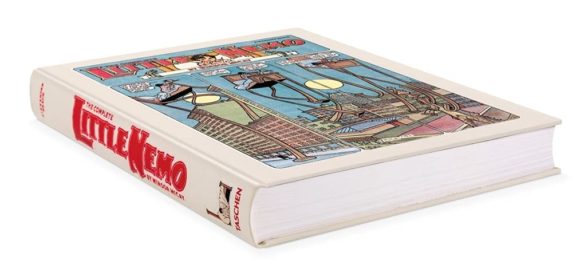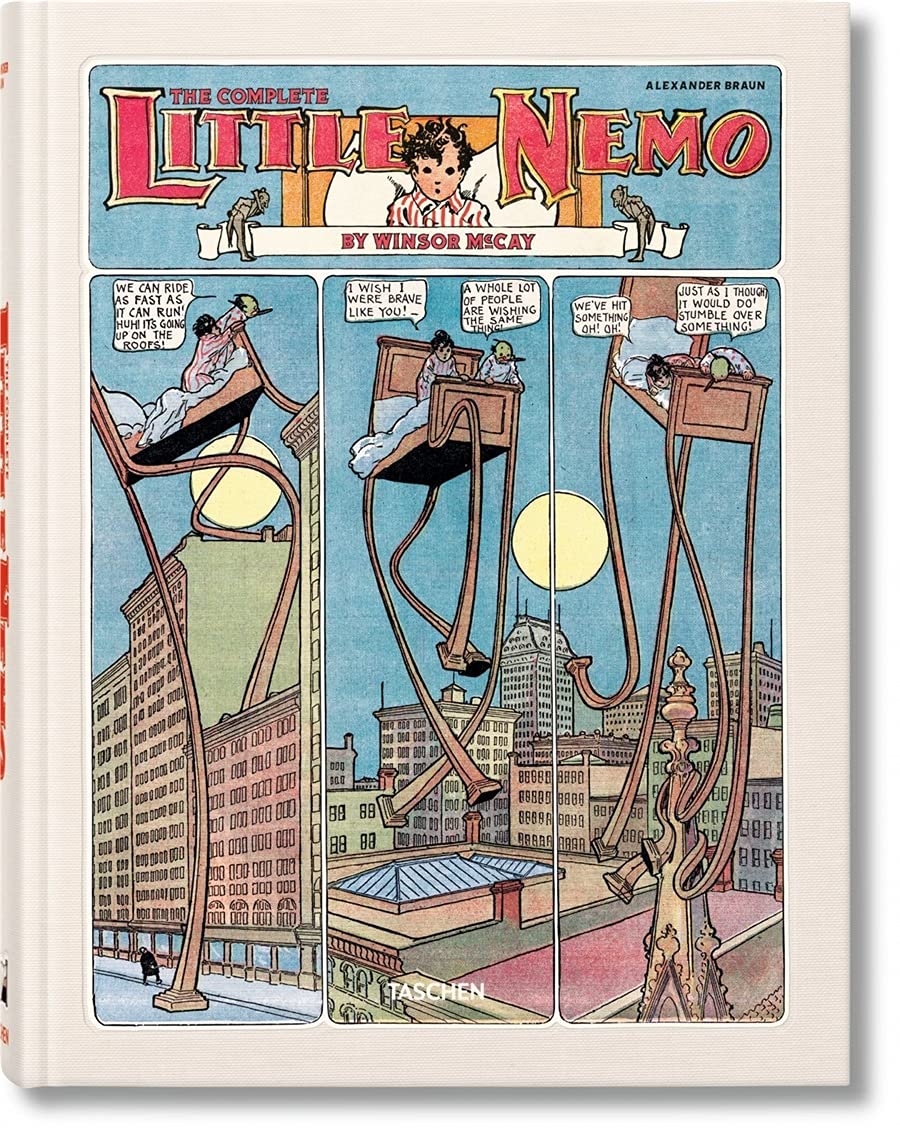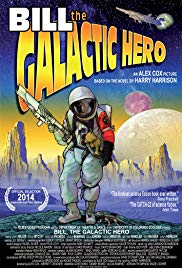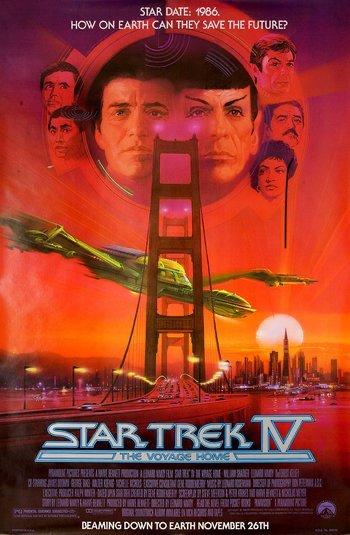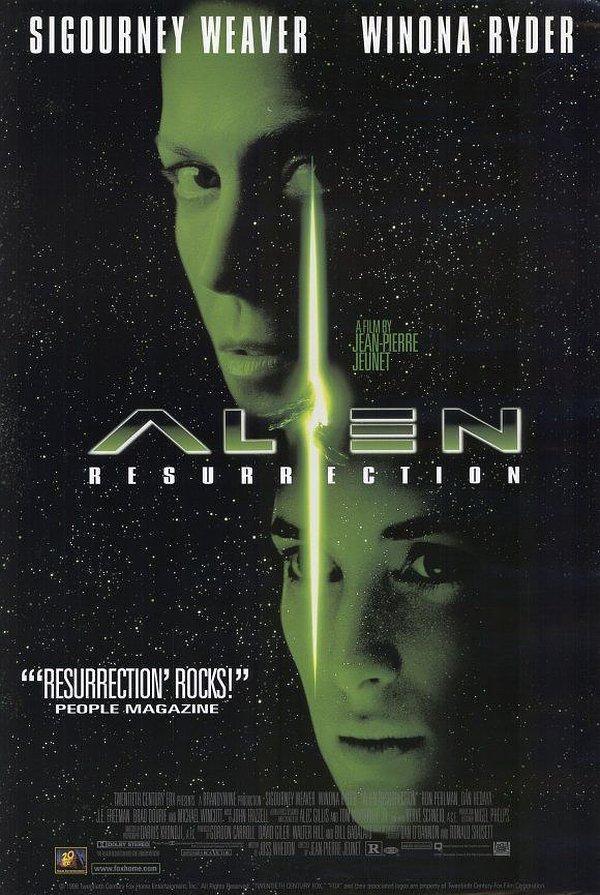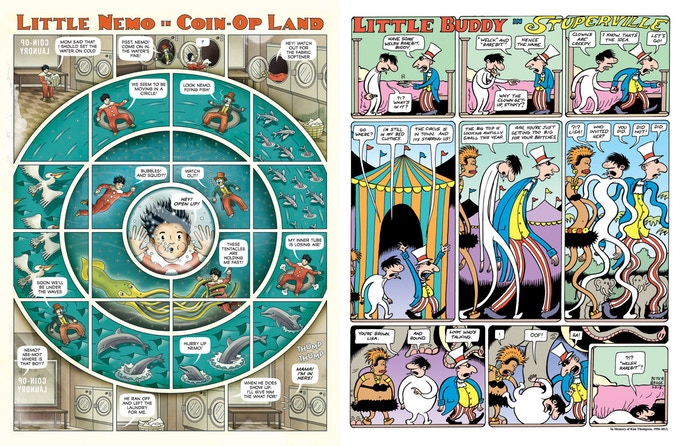(1) DIVORCE ANNOUNCEMENT. From Amanda Palmer and Neil Gaiman, “A joint statement from me and Neil”.
Hi Everyone.
This is a joint statement from me and Neil.
Neil is posting this on his blog as well. (And I posted it over on mine, as this is a closed post).
After many years of marriage, we have made the difficult decision to divorce. While we will no longer be partners in marriage, we will remain in one another’s lives as co-parents committed to raising our wonderful son in a loving and compassionate environment. We deeply appreciate everyone respecting our family’s privacy so we can focus on our son and entering this new chapter in our lives.
(2) FIRE DAMAGE TO ILIAD BOOKSHOP. Awful news for local booklovers. “Iliad Bookshop in North Hollywood temporarily closed after being damaged in fire” at CBS Los Angeles. Apparently it could have been much worse.
According to the store owner, a flier left behind has him suspicious that he was the target of an antisemitic act of violence.
The Iliad Bookshop in North Hollywood will be temporarily closed after being damaged in a fire on Friday.
Firefighters rushed to the store located on Cahuenga Boulevard at around 11 p.m. Thursday evening, acting quickly enough to prevent the flames from spreading throughout the massive bookstore. The fire did however leave some noticeable scorch marks on the front entrance of the store, and while the interior only suffered smoke damage, with some charred books left behind, the allegedly targeted attack leaves much more of an impact on the owners.
(3) UTAH THEME PARK ACTIVE AGAIN. [Item by David Doering.] Evermore Park in Utah had seemed to be a Covid casualty as of January 2021, however, it’s currently open Fridays and Saturdays, and a few special days. “Utah’s Evermore Park”.
YouTuber Jennie Nicholson has a lengthy review/documentary about the place.
(4) SFF ON STAGE. [Item by Martin Morse Wooster.] In the Financial Times behind a paywall, Sarah Hemming reviews A Dead Body In Taos, which is at Wiltons Music Hall (wiltons.org.uk) through November 12. The play is about how Sam comes to New Mexico to bury “her estranged mother, Kath.”
Kath’s will was “changed very recently to benefit Future Life Corporation, a mysterious biotech facility. Then there’s the even more jaw-dropping discovery that the same institution has worked with her mother, uploading her thoughts and memories to create a post-life AI Kath. When the enraged Sam threatens to contest the will, udnead Kath pleads with her. If Sam succeeds, the technology will be switched off and Sam will have ‘killed’ her mother. Soon Sam, understandably, is thrashing round her mother’s empty house, drinking heavily…
…The drama also has echoes of Caryl Churchill’s A Number, delving into science fiction to ask thorny ethical questions. Churchill’s play uses cloning to consider identity, parenting, relationships, and to ask: if you had the chance to start over, would you take it? Similar dilemmas emerge in Farr’s drama. Kath’s motives for ‘living’ on, we learn, include the desire to repair her relationships with Sam and her former lover, Leo. Meanwhile, the digital world brings a new twist to existential issues that in previous centuries have fueled religious debate. What is the essence of a human being? Can you outwit mortality? Can you find redemption?”
(5) BIG, BIGGER, AND BIGGEST LITTLE NEMO. [Item by Daniel Dern.] My copy of the new 704-page, 9.31-pound Winsor McCay: The Complete Little Nemo (per my July 13, 2022 scroll item, and pre-ordered from Bud’s Art Books) arrived earlier this week.
Here’s a side-by-side of with Vol I of the Fantagraphics 1989 six-volume set and with Vol 1 (of 2) of Sunday Press’s original-full-size collections, along with a regular-size paperback book for size reference/comparison.
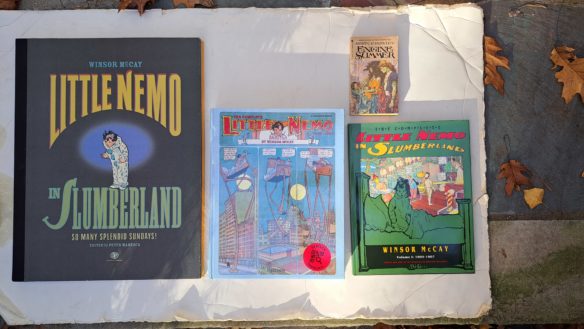
(6) KEEPING THE HOME FIRES FROM BURNING. Camestros Felapton asks “Is nice conflict possible?” and devotes a post to ideas about how to manage blog arguments.
I don’t know about everybody else but I hate it when everybody is upset. I also like having arguments about things. It’s fun (to me) to make points, dig up facts, pull apart what people have said and expose the flaws. The problem is the first part, arguments about things are also arguments between people.
Part of the reason why I’ve been tolerant of trolls around here is a troll basically advertises themselves as 1. being an arsehole and 2. up for an argument. Unfortunately, trolls run away but also drive away nice people. Obnoxious people are also people who want to make arguments personal as quickly as possible.
(7) MICHAEL THORSEN DIES. LASFSian Michael Thorsen, a member of the club’s Board of Directors, died November 5 in hospital where he was being treated for numerous medical issues. His brother, Jeff, notified the club.
Thorsen joined LASFS in 1992. He was honored for club service with the Evans-Freehafer Award in 2000. He also is commemorated on club lists, such as the Bringers of Fire, who used to set up the BBQ at clubhouse events, and the Luminaries, who crowdfunded a lightning improvement. His levels of financial contributions to the club also are recognized with the titles Sacred Mighty Mystic Uru Gavel (don’t ask, I have no idea), and Patron Saint.
(8) MEMORY LANE.
1951 — [By Cat Eldridge.] In a special screening on this date in Buffalo, When Worlds Collide premiered in the States seventy-one years ago. (It wouldn’t premiere until two days later everywhere else in the States.) It was the second SF by George Pal after the previous year’s Destination Moon which as know was based on Heinlein’s Rocket Ship Galileo.
All I’m going to say about the film is that storyline was about the coming destruction of the Earth by a rogue star called Bellus and the emergency efforts to build a space ark to transport a group of men and women to Bellus’ single planet, Zyra. Yes, a star. Somebody really needed a much better grasp of astronomy.
The source material was When Worlds Collide, a 1933 science fiction novel co-written by Edwin Balmer and Philip Wylie; they also co-authored the sequel After Worlds Collide. It was first published as a six-part monthly serial on September 1932 through February 1933 in Blue Book magazine, illustrated by Joseph Franké. Blue Book magazine was a sibling magazine of Red Book magazine.
Rip Van Ronkel, who co-wrote the screenplay for Destination Moon, was hired to do the script. Neither the critics nor the audience liked it at all as Bosley Crowther of New York Times said at the time “Mr. Pal barely gets us out there, but this time he doesn’t bring us back”, so the studio pulled the financing for the After Worlds Collide sequel.
It get referred to in The Rocky Horror Show theme song and in the film version as well.
Look very closely in The Wrath of Khan and you’ll see two cargo containers labeled “Bellus” and “Zyra” in the Genesis Cave.

(9) TODAY’S BIRTHDAYS.
[Compiled by Cat Eldridge.]
- Born November 5, 1903 — H. Warner Munn. Writer and Poet known in genre for his early stories in Weird Tales in the 1920s and 30s, his Atlantean/Arthurian fantasy saga, and his later stories about The Werewolf Clan. After making two mistakes in his first published genre story, he compensated by becoming a meticulous researcher and intricate plotter. His work became popular again in the 1970s after Donald Wollheim and Lin Carter sought him out to write sequels to the first novel in his Merlin’s Godson series, which had been serialized in Weird Tales in 1939. These novels were published as part of their Ballantine and Del Rey adult fantasy lines. The third novel in the series received World Fantasy and Mythopoeic Award nominations, he himself was nominated three times for the World Fantasy Award for Life Achievement, and he was Guest of Honor at the 1978 World Fantasy Convention. He won the Balrog Award for Poet twice in the 80s, and received the Clark Ashton Smith Award for Poetry. (Died 1981.)
- Born November 5, 1938 — Jim Steranko, 84. His breakthrough series was the Sixties’ “Nick Fury, Agent of S.H.I.E.L.D.” featured in Marvel Comics’ Strange Tales and in the subsequent debut series. His design sensibility is widespread within and without the comics industry, affecting even Raiders of the Lost Ark and Bram Stoker’s Dracula, as he created the conceptual art and character designs for them. He was inducted into the comic-book industry’s Will Eisner Comic Book Hall of Fame in 2006.
- Born November 5, 1940 — Butch Honeck, 82. Sculptor and Fan who learned mechanics, welding, machining, and metal finishing as a teenager, then went on to build a foundry and teach himself to cast bronze so he could create shapes that were too complex for welding. His bronze fantasy sculptures, which depict dragons, mythical creatures, wizards, and other fantasy-oriented themes, use the lost wax method with ceramic shell molds and are characterized by intricate details, mechanical components, humor, and surprise. He has been Artist Guest of Honor at several conventions, was named to Archon’s Hall of Fame, and won a Chesley Award for Best Three-Dimensional Art.
- Born November 5, 1942 — Frank Gasperik. Tuckerized in as a character in several novels including Lucifer’s Hammer as Mark Czescu, and into Footfall as Harry Reddington aka Hairy Red, and in Fallen Angels, all by Larry Niven and Jerry Pournelle. He was a close friend of both and assisted Pournelle on his Byte column. To my knowledge, he has but two writing credits which are he co-wrote a story, “Janesfort War”, with Leslie Fish that was published in Pournelle’s War World collection, CoDominium: Revolt on War World, and “To Win the Peace” co-written with Leslie Fish which was published in John F. Carr’s War World: Takeover. He was a filk singer including here doing “The Green Hills of Earth”. (Died 2007.)
- Born November 5, 1949 — Armin Shimerman, 73. Quark on Deep Space Nine. And Principal Snyder on Buffy the Vampire Slayer who if I remember correctly came to a very bad end. He had the recurring role of Pascal on Beauty and the Beast. He also played Professor George Edward Challenger in the later Nineties Lost World film
- Born November 5, 1960 — Tilda Swinton, 62. Her take as Rosetta/Ruby/Marinne/Olive in Teknolust might be the most weird genre role she’s done but I like her take as The White Witch in The Chronicles of Narnia: The Lion, the Witch and the Wardrobe. Mind you her Gabriel in Constantine was frelling strange…
- Born November 5, 1964 — Famke Janssen, 58. Her first genre role was Xenia Onatopp in the Bond film GoldenEye and her longest running genre role was as Jean Grey / Phoenix (Dark Phoenix) in the X-Men film series. Counting horror which I do, she’s got a number of genre appearance including Lord of Illusions, The Wolverine, House on Haunted Hill, Deep Rising and Star Trek: The Next Generation.
- Born November 5, 1970 — Tamzin Outhwaite, 52. She was Detective Inspector Rebecca Flint on Paradox, a SF police series that ran for just five episodes and received really harsh reviews. Her only other SF role was as the Captain in an Eleventh Doctor story, “Nightmare in Silver” which was scripted by Neil Gaiman.
(10) SUMMON THE CORONER’S JURY. Entertainment Weekly does an autopsy on Westworld: “Farewell to Westworld, which destroyed itself with three big mistakes”.
… The second mistake was simpler: Westworld just overdosed on twists. The series kept trying to outdo 1’s timeline tomfoolery, with ever-crazier results….
(11) MIDDLE-EARTH WALKABOUT. The BBC’s Open Country aired a segment called “Tolkien Land”, featuring John Garth, now available on BBC Sounds.
Tolkien once remarked that reviewers, “seem to think that Middle-Earth is another planet!” In fact the Shire, Isengard and the horses of Rohan are much closer to home than you think. Tolkien had a car in the 1930’s and used to drive out of Oxford and visit sites that definitely filter into the books he wrote. Now Miles Warde has been out with Tolkien expert John Garth to find traces of Tolkien Land at Faringdon Tower and the Rollright Stones. There’s also a brief appearance for Sarehole near Birmingham, where the young Tolkien grew up, plus archive of the great writer talking about where his books may have been based.
John Garth is the author of The Worlds of JRR Tolkien – the places that inspired Middle-Earth.
(12) FAREWELL TO BOOTH. In the Washington Post, Michael Cavna gves an appreciation for George Booth, the great New Yorker cartoonist who died at 96. “No one drew funnier dogs”. [Registration may be required.]
The greatest cartoonists ever to grace the pages of the New Yorker have not merely rendered gags. They drew a universe. And no world has been more immersive than what Emma Allen, humor editor at the magazine, calls “Boothville.”
All those twitchy English bull terriers and quirky cats. The blunt couples who, with gaping dark maws for mouths, let you sense their volume. There are ramshackle front porches and naked light fixtures and no-frills curtains. Then there is the characteristic menagerie of low-rent household items that feel not only alive but also beautiful through his eyes….
(13) KITCHEN GEAR FROM ASGARD? Imagine running along behind Thor wielding one of these. That is, provided Thor is running to pick up a fresh-baked pizza. Hand Made Viking/Pizza Hatchet with 8.5 ” Long Blade.

(14) VIDEO OF THE DAY. [Item by Martin Morse Wooster.] In Death and the Lady: When the Grim Reaper Knocks, presented by The New Yorker, Geoff Bailey and Lucy York Streuver explain that you should be polite when the Grim Reaper pays you a visit!
[Thanks to Mike Kennedy, Martin Morse Wooster, JJ, John King Tarpinian, Daniel Dern, David Doering, SF Concatenation’s Jonathan Cowie, Chris Barkley, Andrew Porter, Michael Toman, and Cat Eldridge for some of these stories. Title credit belongs to File 770 contributing editor of the day Joe H.]


